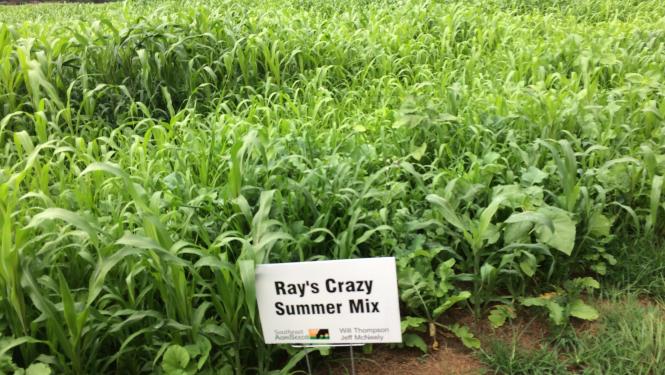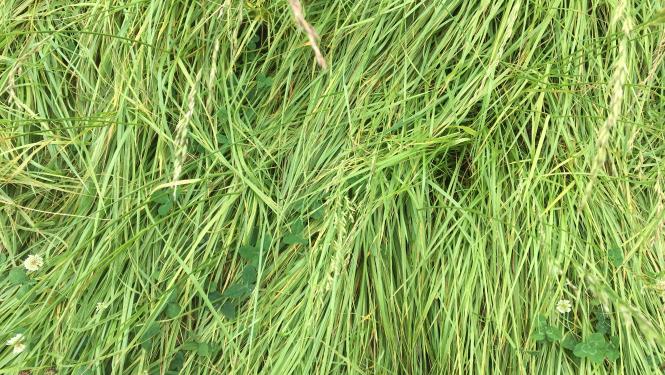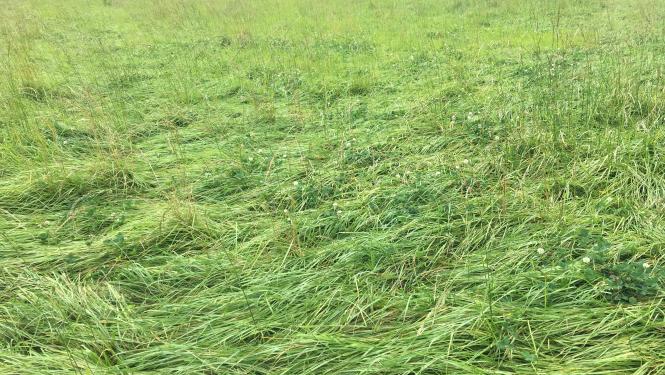
Fertilization is one of the many pieces of the forage productivity puzzle. Nutrients that the soil is lacking will manifest in the crop as discoloration, lack of vigor, and yield reduction. The nutrient that is limiting productivity more often than not is nitrogen. The rate, frequency, and method of nitrogen application can all impact the quality and yield of the forage crop. Nitrogen is a highly mobile nutrient, which often leads to a “use it or lose it” scenario. If not quickly utilized by the plant, the nitrogen will leach out of the soil. To make matters more complicated, the activity of the soil microorganisms, rainfall, and soil temperature also impact the longevity of nitrogen in the soil. As a result, nitrogen applications should be smaller and more frequent as opposed to one application with large units of nitrogen.
Timeliness
Those frequent applications of nitrogen need to be timely. The goal is to fertilize the plant when it needs it most to optimize growth and make good use of the money spent on nitrogen. As a general rule of thumb, aim to apply one unit (lb) of nitrogen to non-legume crops for every expected day of growth. For example, a crop of the summer annual sorghum sudan will take about 30-35 days to achieve harvesting height after a cutting or grazing. Applying 30-40lbs/A of nitrogen quickly after a cutting will jumpstart growth and help that plant recover from harvest.
Fertilization at planting will reduce the number of passes across the field, but may not be the best way to optimize growth. If there is a planting failure, you may only be fertilizing weeds. By waiting until the plant is 3-4” tall to fertilize, you will be ensuring that your fertilizer is encouraging growth of the intended crop.

Source
There are many sources of nitrogen available. Selecting the best one for your operation will depend on your equipment, overall fertilization needs, as well as source availability.
Manure is a cost-effective source of nitrogen that has reduced leaching and volatilization potential as compared to commercial fertilizers. The nutrients are somewhat “slow-release” and, for this reason, it works well applied at planting. While manure does have significant nitrogen content, it also has an excellent profile of phosphorus, potassium, and micronutrients. These nutrients, particularly phosphorus, are not very mobile in soil. If manure is applied too frequently and no nutrients are removed by hay or silage, these nutrients can build up quickly in the soil and will cause long term soil problems. Soil testing each year in areas of manure application is recommended.
A big advantage that commercial fertilizers have over manure is the ability to apply the exact nutrients that are needed, to be released right at the time they are needed. Following a soil test, you can get a fertilizer formulated to match those recommendations. Commercial fertilizers are available in liquid or granular forms. Liquid nitrogen is generally easier to apply, but requires specialized equipment. It is easy to blend, is very uniform in nature, and works rapidly. Liquid nitrogen does have higher potential for volatilization and, due to its fast-acting nature, can burn crops more easily. Liquid fertilizer is not easy to store, unlike granular. Granular fertilizers are usually cheaper when bought in bulk and are available in slow-release formulations. Additionally, less specialized equipment is required. You do need to be cautious of salt content with granular fertilizer, as buildup of salt in the soil can lead to poor growing conditions.
As always, monitoring the growth of the crop throughout the field will help you determine if and when nitrogen application is needed. Watch for an overall yellowing and uneven growth throughout the field. Even if nitrogen is applied, heavy rainfall or microorganism degradation in the soil can significantly reduce the amount of nitrogen that the plants have to absorb. Keep an eye on your fields weekly to evaluate nitrogen fertilization needs.
